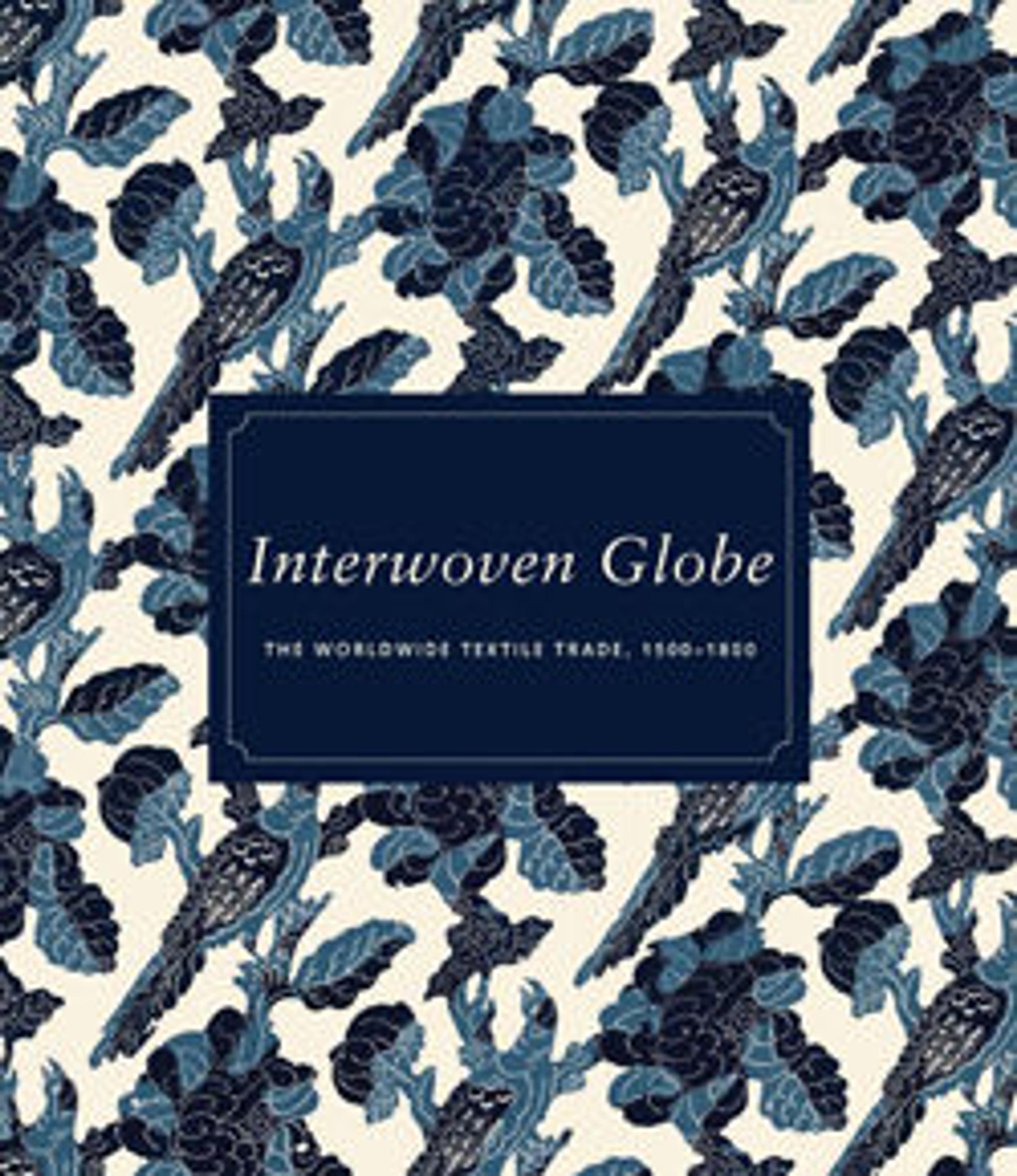Chasuble
A large number of Ottoman silk textiles were destined for export to Europe, where they functioned as secular and religious garments. This chasuble, an ecclesiastical vestment worn by high church officials, is a fine example of the synthesis of Eastern and Western displays of wealth through the donning of silk and gold garments. The design features large-scale palmettes and serrated leaves imbued with tiny pomegranate blossoms, highlighted by gold-wrapped weft threads. The elegant contrast between sky blue and crimson is achieved through the lampas (kemha) technique, which combines two different weave structures to create solid areas of color by floating the unused warp threads on the back of the cloth.
Artwork Details
- Title:Chasuble
- Date:17th century
- Geography:Attributed to Turkey
- Medium:Silk, metal wrapped thread; lampas (kemha)
- Dimensions:Textile: H. 46 in. (116.8 cm)
W. 27 1/2 in. (69.9 cm) - Classification:Textiles-Woven
- Credit Line:Gift of J. Pierpont Morgan, 1906
- Object Number:06.1210
- Curatorial Department: Islamic Art
More Artwork
Research Resources
The Met provides unparalleled resources for research and welcomes an international community of students and scholars. The Met's Open Access API is where creators and researchers can connect to the The Met collection. Open Access data and public domain images are available for unrestricted commercial and noncommercial use without permission or fee.
To request images under copyright and other restrictions, please use this Image Request form.
Feedback
We continue to research and examine historical and cultural context for objects in The Met collection. If you have comments or questions about this object record, please contact us using the form below. The Museum looks forward to receiving your comments.
